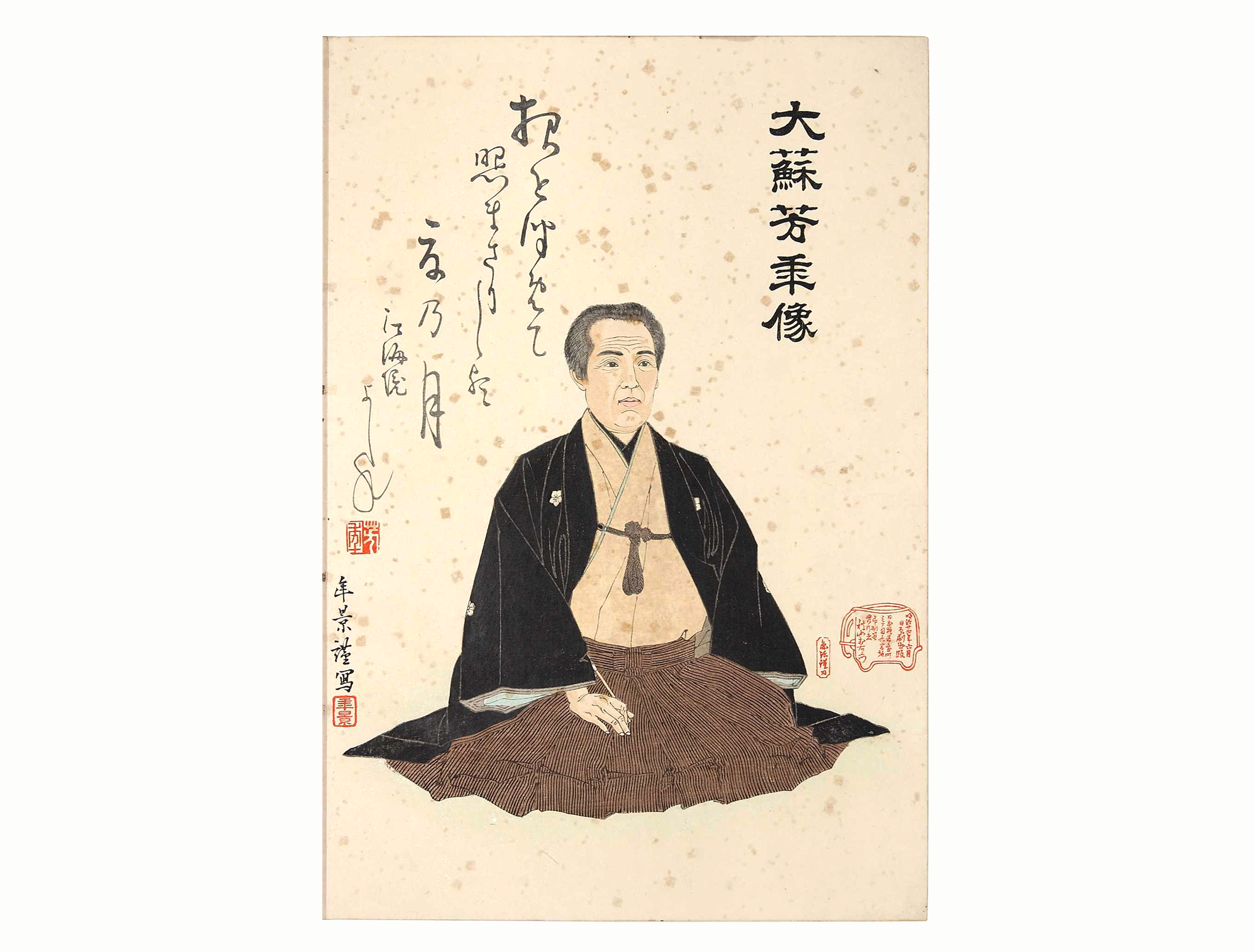On a winter morning in 1360, Zen master Kozan Ichikyo gathered together his pupils. Kozan, 77, told them that, upon his death, they should bury his body, perform no ceremony and hold no services in his memory. Sitting in the traditional Zen posture, he then wrote the following:
Empty-handed I entered the world
Barefoot I leave it.
My coming, my going —



